Difference Between Endospore Staining and Flagella Staining
December 23, 2023
Table of Contents
Key Difference
Endospore staining and flagella staining are microbiological techniques used to visualize different bacterial structures. Endospore staining highlights the presence of endospores, resistant structures formed under stress, while flagella staining is used to detect and observe flagella, the hair-like structures used for bacterial movement.
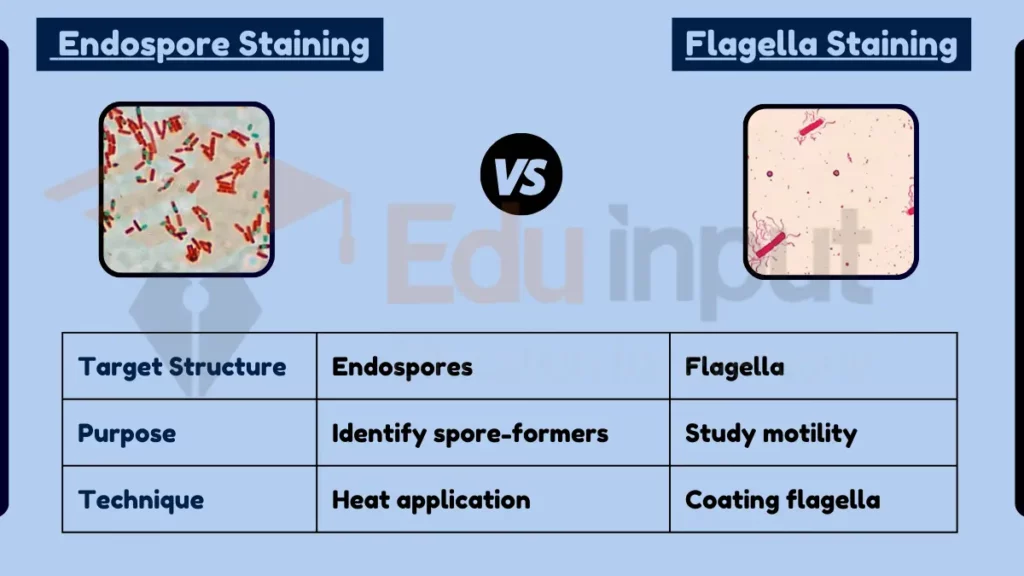
Comparative Analysis
- Target Structure:
- Endospore Staining: Targets endospores within bacteria.
- Flagella Staining: Aims to visualize bacterial flagella.
- Purpose of Staining:
- Endospore Staining: Identifies spore-forming bacteria.
- Flagella Staining: Helps in understanding motility mechanisms.
- Staining Technique:
- Endospore Staining: Uses heat to drive the stain into the spore.
- Flagella Staining: Involves coating the flagella to make them visible.
Table Summary
| Feature | Endospore Staining | Flagella Staining |
|---|---|---|
| Target Structure | Endospores | Flagella |
| Purpose | Identify spore-formers | Study motility |
| Technique | Heat application | Coating flagella |
Endospore staining and flagella staining are specialized staining techniques in microbiology, each highlighting different and essential bacterial structures, aiding in the understanding of bacterial function and classification.
File Under:

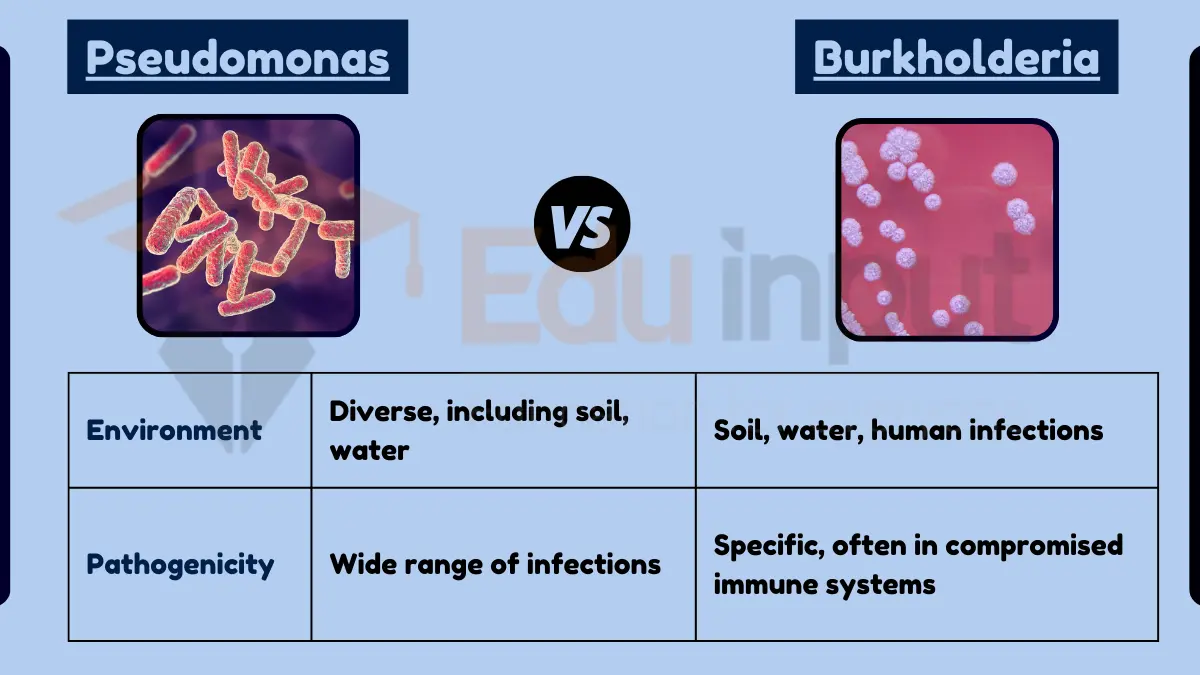
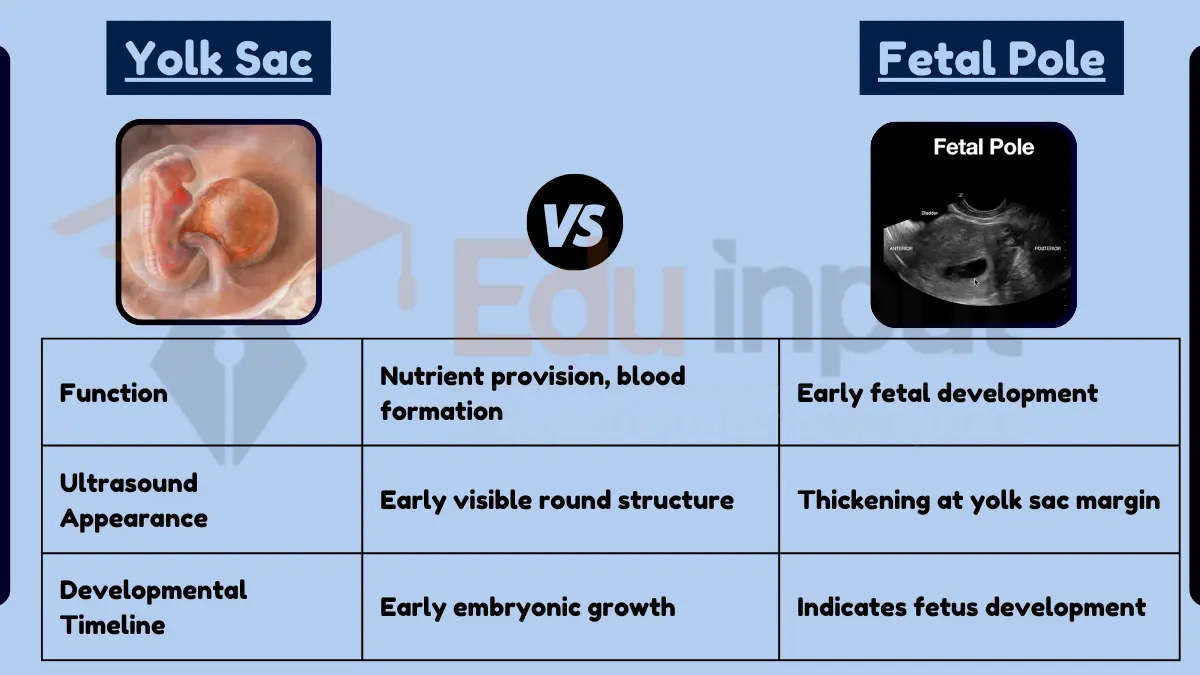
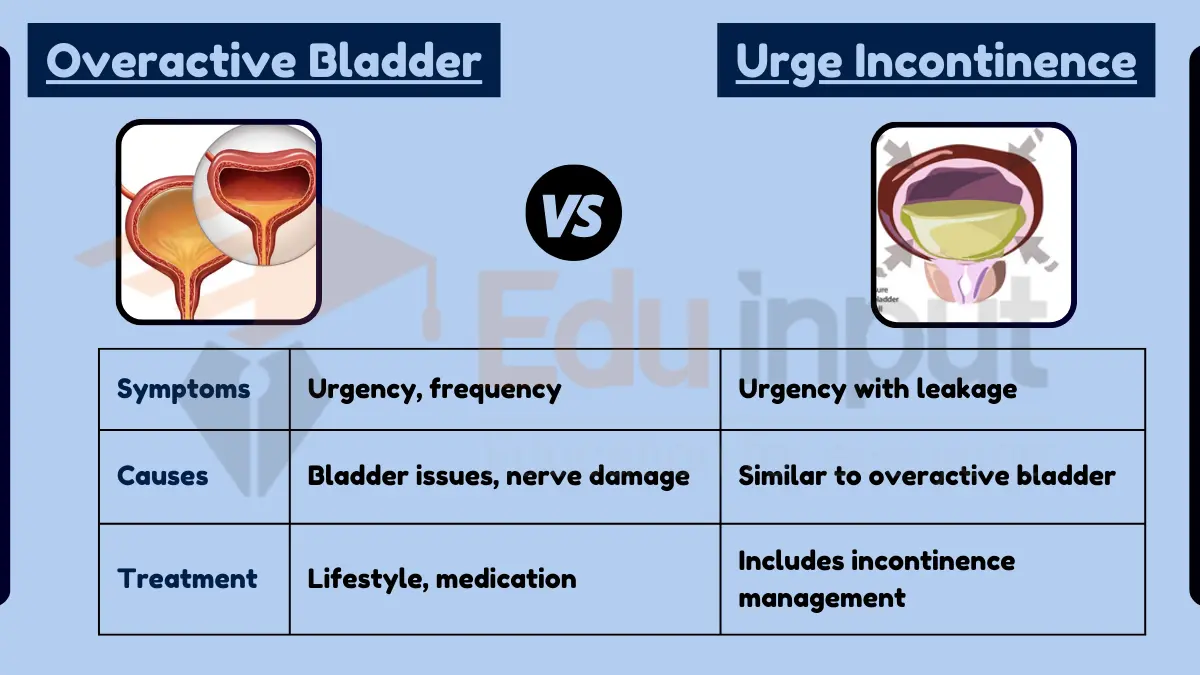
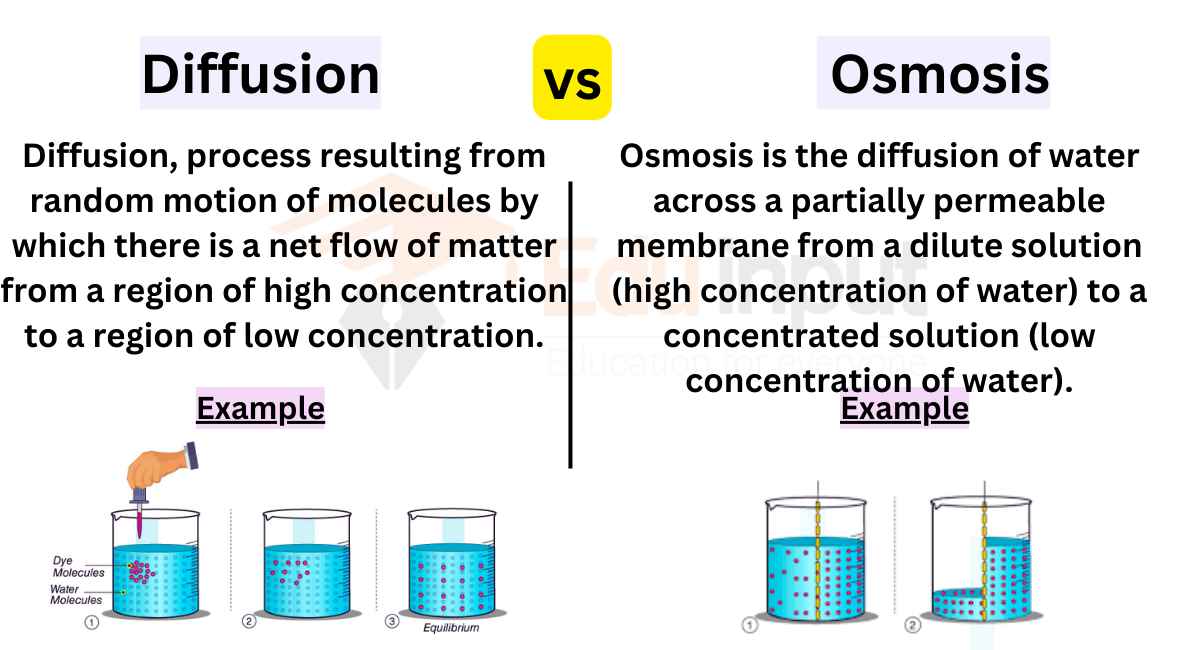


Leave a Reply